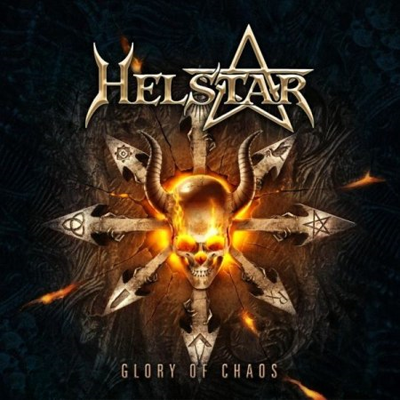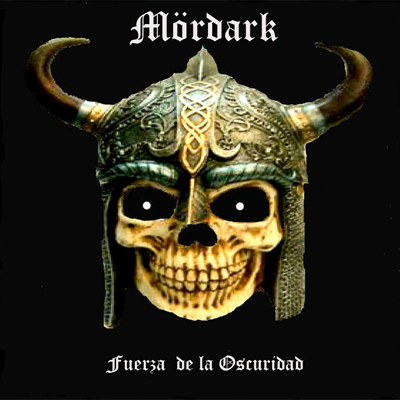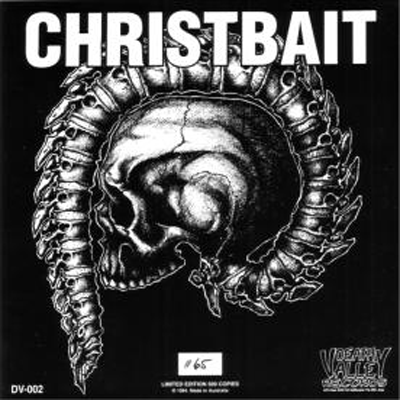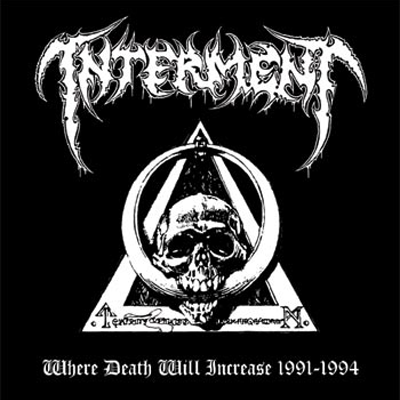
DEFTONES, Deftones (2003, Maverick)
The skull:
Patriotic colors here, probably not intentional though. Red and blue roses flank each side of the skullface, his head slightly upward with an attitude that says “I don’t care about no stupid flowers, I am a bad ass skull!” No doubt he was pretty upset when the holder of this image folded it up nice and square and stuck it into the pocket that eventually produced the wear-lines you see on this image. Man, this skull is ready to fucking rock, and it’s surrounded by flowers and treated like a damn breakup note passed in 7th grade homeroom class? Skull says, “Bullshit, man…this is such bullshit.”
The music:
Are Deftones metal or not? Does it matter? The only reason it matters here at Big Dumb Skulls is because the Council requires that all entries be metal bands. And the Deftones are metal, they’re just other things too. I’m a huge fan, and the Council approved, so we’ll go with it. There are two main Deftones eras, to my ears: there’s the first two
albums, which skirts a nu-metal line without ever totally falling into it (they were more
often called “alternative metal” back then) and then the game-changing White Pony
and everything that came after. This is the band’s fourth album, self-titled for no good reason, and although it’s got some amazing moments, it’s the least-awesome album from Deftones Era 2. Coincidence that it’s got a skull on the cover? The only reason this album pales in any way to those around it is that a handful of songs, while very good as they’re rolling, don’t stick (such as “Battle-Axe” and “Bloody Cape”). But Deftones greatness is heard in the weirdly twisted “Hexagram,” and more viciousness (especially the seething vocals) in “When Girls Telephone Boys,” and the sumptuous atmospheric layers of “Moana” and “Deathblow.” It’s impossible not to feel moved by the somatic drift of “Anniversary of an Uninteresting Event.” And an all-time career highlight comes in the emotive “Minerva” while the weird experimentalism of “Lucky You” finds the band moving into new areas. Yeah, Deftones are way better than any nu metal band you care to name. The production is totally spot-on — colorful, thick, vibrant, earthy. It’s Terry Date, who has helmed some great records in and outside the metal realm. I just started liking this album even more with this listen, so go ahead, surprise yourself. I did when I first heard White Pony, and I will never call them a nu metal band again.
— Friar Wagner








